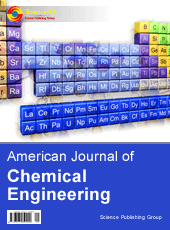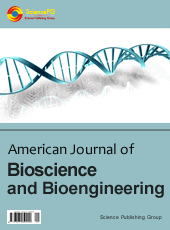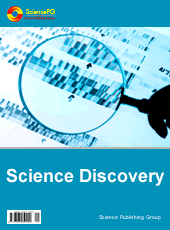- Important Dates
- Submission Deadline: 2023年5月8日
- Conference Date: May 27, 2023
- Notification:
- 20-30 days after the submission
- Publication:
- 7-10 days after the final edition
- Contact Information
- Email: huiyi123net_may@126.com
- Cell Phone: 021-51098086
- Telephone: 0086-18621626037
- QQ: 2934920393
- ICCBE2023召开时间为2023年5月27日2023年5月8日
- ICCBE2023将和ICASB2023合并召开 2023年5月8日
- Dr. Enbo Xu 将在会上做主题演讲2023年5月8日
- Dr. Xinbo Wang 将在会上做主题演讲2023年4月20日
- Dr. Xiangwei Zhao 将在会上做主题演讲2023年4月20日
- ICCBE2023 会议确定以在线会议的形式召开2023年3月24日
- 会议投稿截止日期延期至2023年5月8日2023年3月21日
- 关于ICCBE2023召开形式的说明2023年3月14日
- ICCBE2023 全文征稿2022年8月2日
- ICCBE2023 摘要征稿2022年8月2日
- ICCBE2023 诚邀程序委员2022年8月2日
- ICCBE2022,ICASB2022及ICFSNE2022成功在线召开2022年8月2日
2023 6th International Conference on Chemical and Biological Engineering (ICCBE2023) is an optimal platform for academic communications, exchange of ideas and inspirations between specialists and scholars in the fields of chemical and biological engineering.
2023 6th International Conference on Chemical and Biological Engineering (ICCBE2023) will be held on May 27, 2023.
Papers submitted to the conference should be written in English or Chinese. All accepted papers will be published online within 7-10 days after the final proofs are received.
If full papers are accepted in the conference, they will be published online respectively in one of the following journals according to the themes.
The following journals of Science Publishing Group have been indexed and abstracted by CNKI (中国知网), WorldCat, CrossRef, Electronic Journals Library, Zeitschriftendatenbank, EZB, ResearchBib, Polish Scholarly Bibliography, Wissenschaftszentrum Berlin, etc.
-

-

American Journal of Chemical Engineering (AJCHE)
https://www.sciencepg.com/j/ajcheISSN Print: 2330-8605
ISSN Online: 2330-8613
-

Advances in Biochemistry (AB)
https://www.sciencepg.com/j/abISSN Print: 2329-0870
ISSN Online: 2329-0862
-

American Journal of Bioscience and Bioengineering (BIO)
https://www.sciencepg.com/j/bioISSN Print: 2328-5885
ISSN Online: 2328-5893
-
